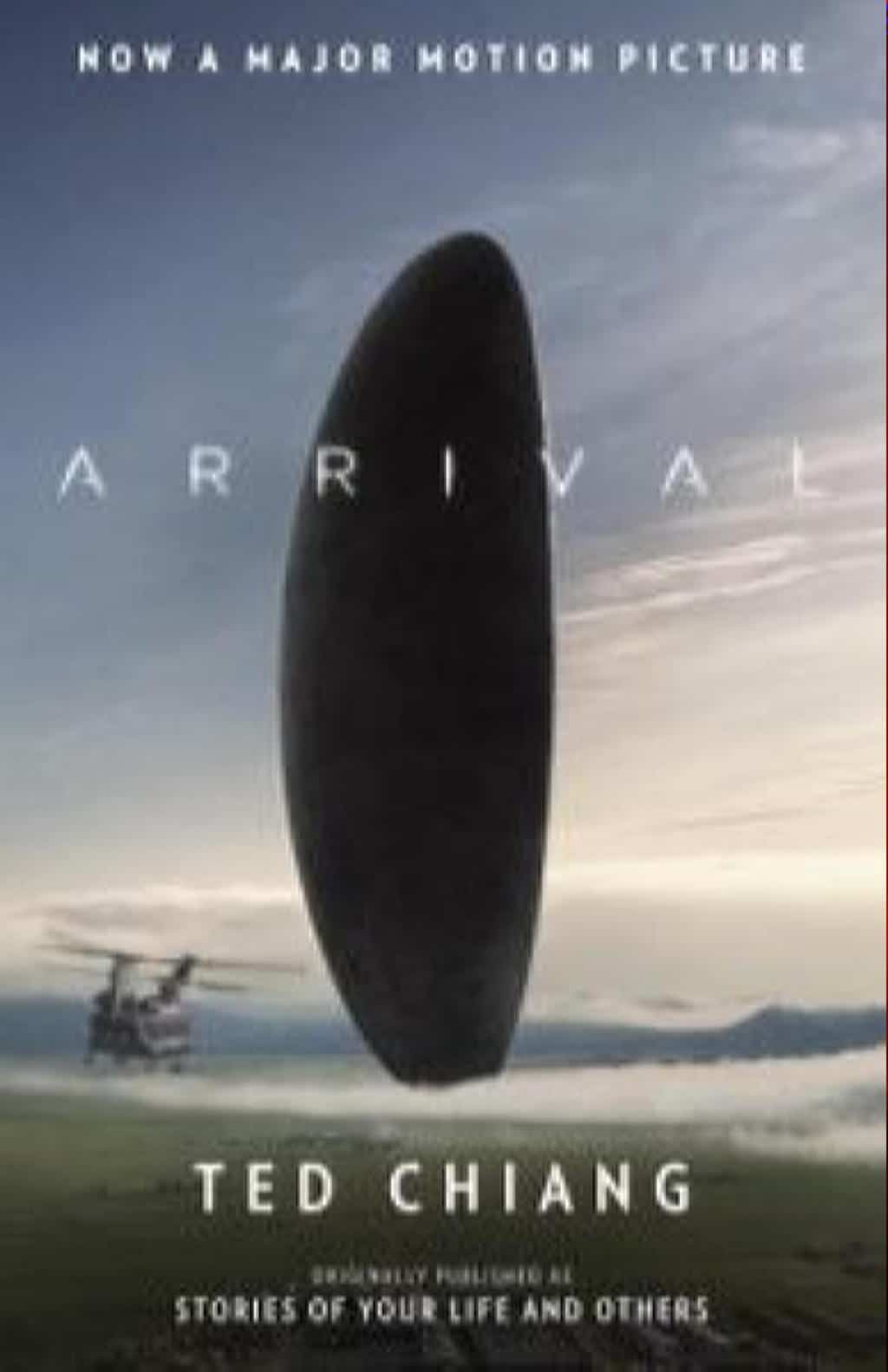 Reading the Oscars
Reading the Oscars
By Rhonna Hargett, Adult Services Manager
Every year the buzz around the Oscars focuses on the gowns and the gossip, but this long-standing American tradition is really about telling stories. The 2017 Oscars offers the usual spectrum of brilliantly-told tales, with many of them based on books you can find at your library. Let’s start with the biggies, the nominees for best picture.
Arrival is based on a short story in Ted Chiang’s collection The Stories of Your Life and Others. In this thought-provoking short story, a linguist is asked to help communicate with alien lifeforms that have come to Earth. Her interactions with them expose her to a different way of looking at time, allowing her to remember the past and the future. Chiang forces readers to re-evaluate their assumptions of social constructs and see the world in a new way.
Fences, the play by August Wilson, has already won a Tony Award for Best Play and a Pulitzer Prize for drama. The story of an African-American family in Pittsburgh in the 1950s, Fences forces us to take a closer look at disappointed hopes and the legacy they can create. Troy, the head of the family, was a talented player in Negro League baseball in his younger years but is now a trash collector. His disappointed hopes affect his relationship with his sons.
Hidden Figures is based on the nonfiction book by Margo Lee Shetterly about the black women mathematicians who helped the United States move ahead in the space race. During World War 2, the National Advisory Committee for Aeronautics sought out talented individuals to support the work of their engineers. Due to the labor shortages, these African-American math teachers from the South were able to use their skills to become important contributors to history, even if no one knew about them.
Lion is based on the true story A Long Way from Home by Saroo Brierley. When he was four years old in India, he ended up on the wrong train and was separated from his brother. After wandering lost, he was eventually adopted by a couple in Australia. Even with the love he received from his parents, he was never able to forget his original family. In his late 20’s he was able to use Google Earth and the slight cues from his memory to finally locate his home.
In the foreign language film category, there’s a title that’s had its share of buzz even without a movie, A Man Called Ove by Fredrik Backman. A grumpy old man has his orderly world upended when a friendly family moves in next door and promptly runs over his mailbox. In this heartwarming tale, Ove thinks he is done with life, but his meddling neighbors, with their baked goods and sweet daughters, might be able to convince him otherwise.
With words that inspire costume design nominations, J.K. Rowling has come through again in Fantastic Beasts and Where to Find Them. A guide that no self-respecting wizard home would be seen without, Fantastic Beastscovers magical creatures, along with their habitats and habits. Although the filmmakers created a gripping story, keep in mind that the book is an encyclopedia. Rowling’s imagination and humor still shine through, even with the different format.
The film based on Ron Suskind’s book Life, Animated is nominated in the documentary category. Suskind’s son Owen is autistic, but he was able to communicate and his family could communicate with him using the songs and dialogue of Disney movies. This is a beautiful memoir of a family using stories to help a boy make sense of the world.
Pairing books with movies is an excellent way to experience more of the world and to go further into the story. When the glamour of the Oscars has faded away, you can continue to enjoy the delight of a good tale, and the library will be here to guide the way.


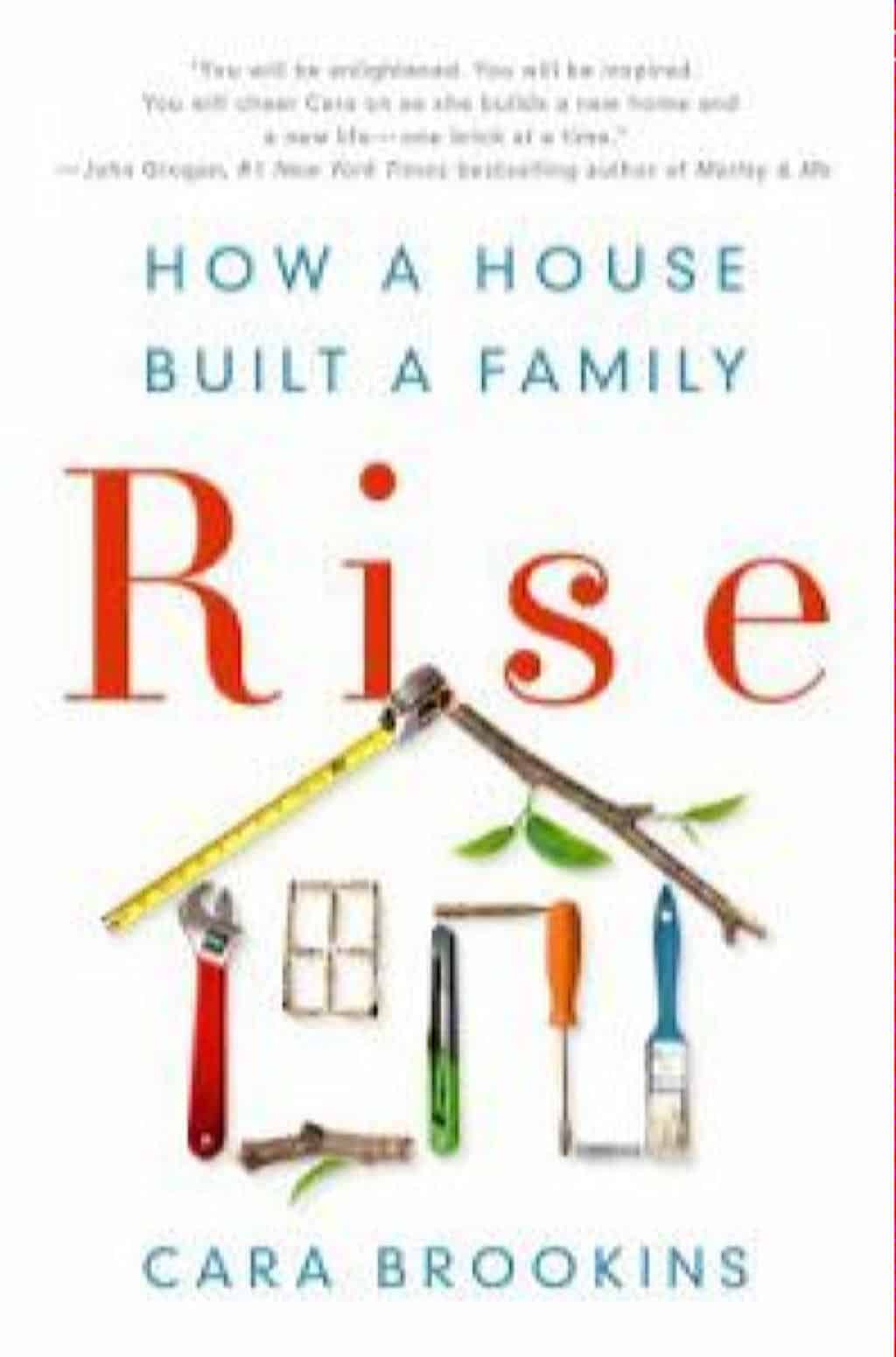 The House that Healed
The House that Healed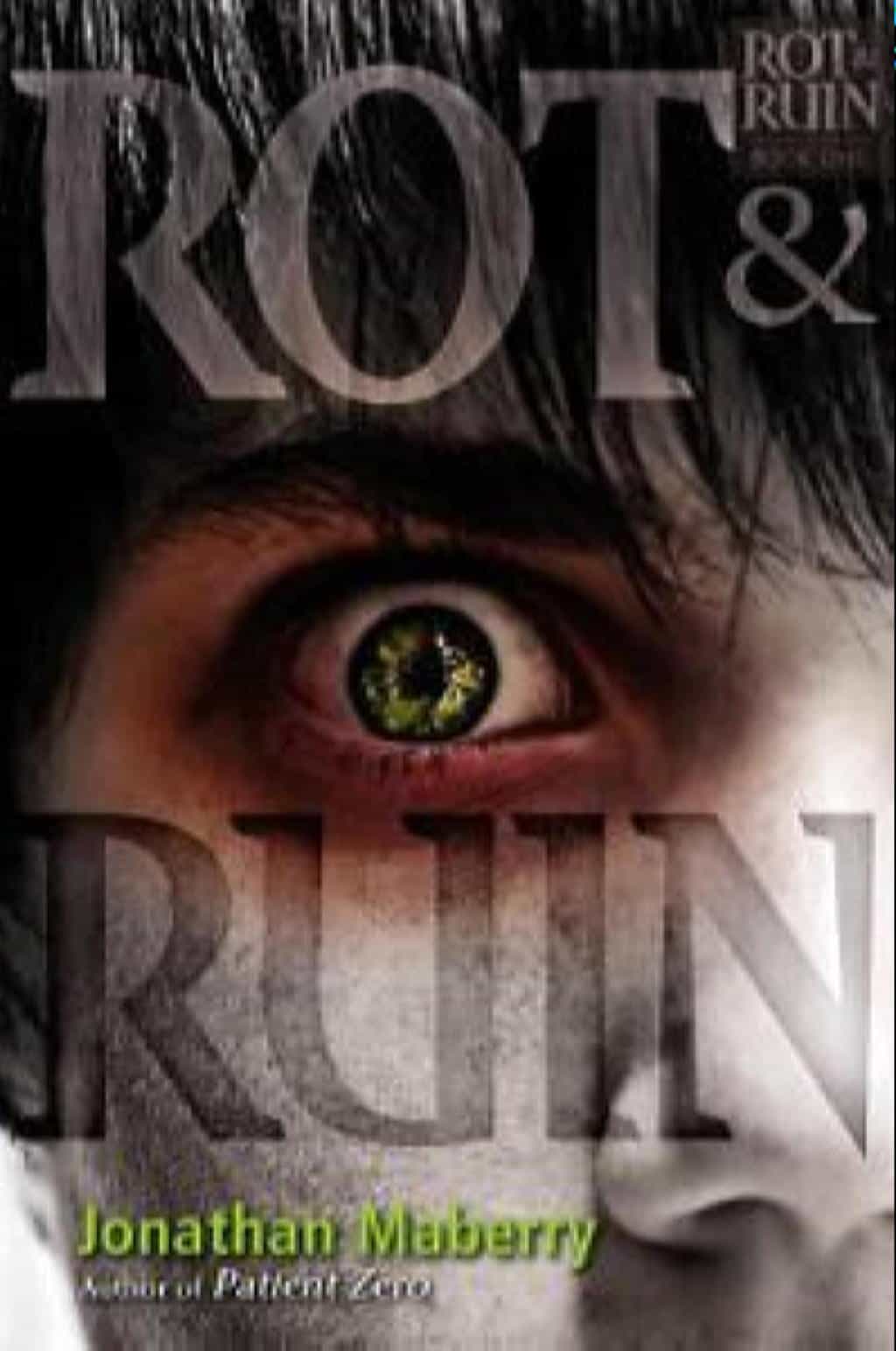 Books to Read if You Like The Walking Dead
Books to Read if You Like The Walking Dead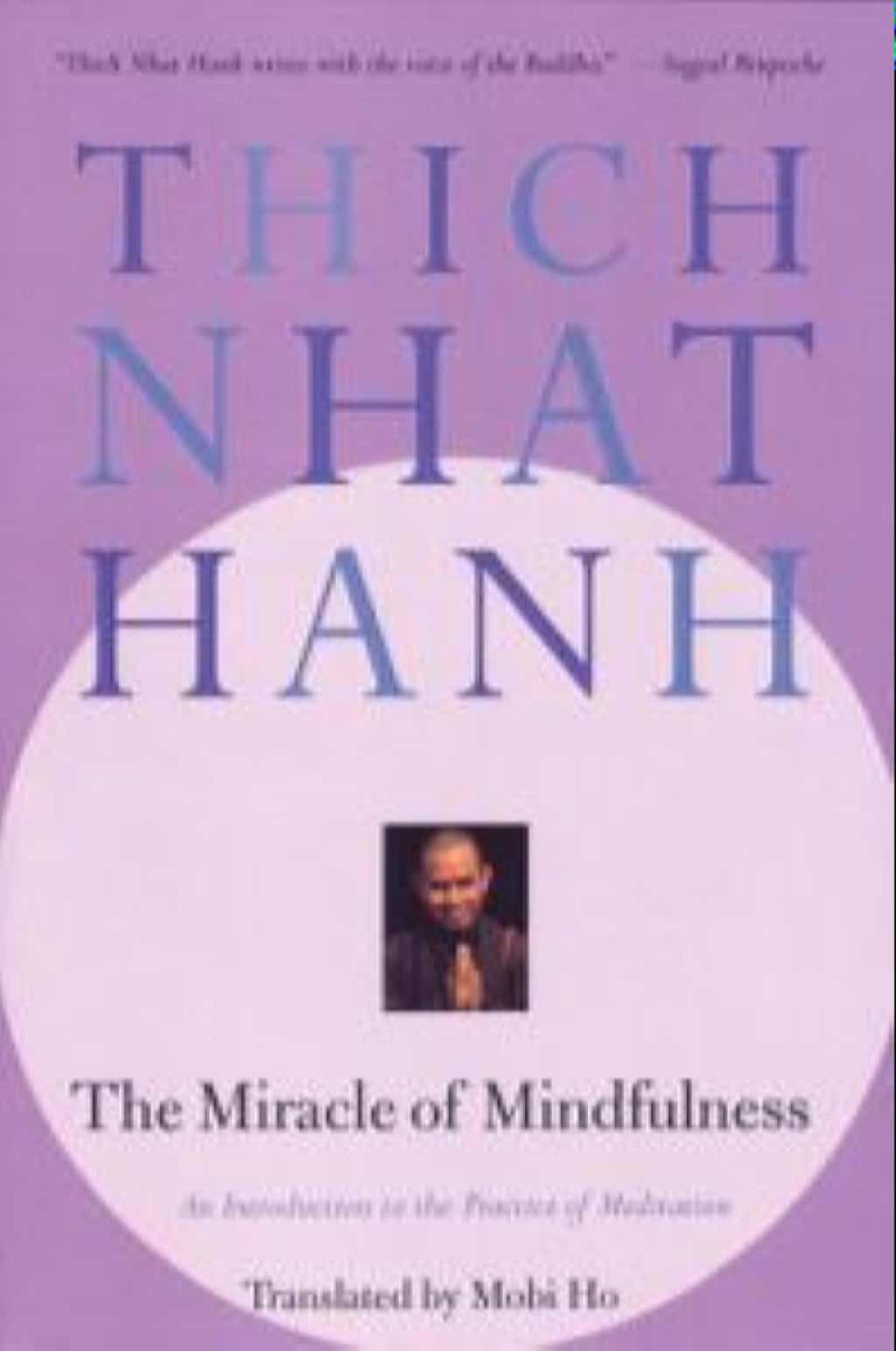 Self-Help for Non-Gurus
Self-Help for Non-Gurus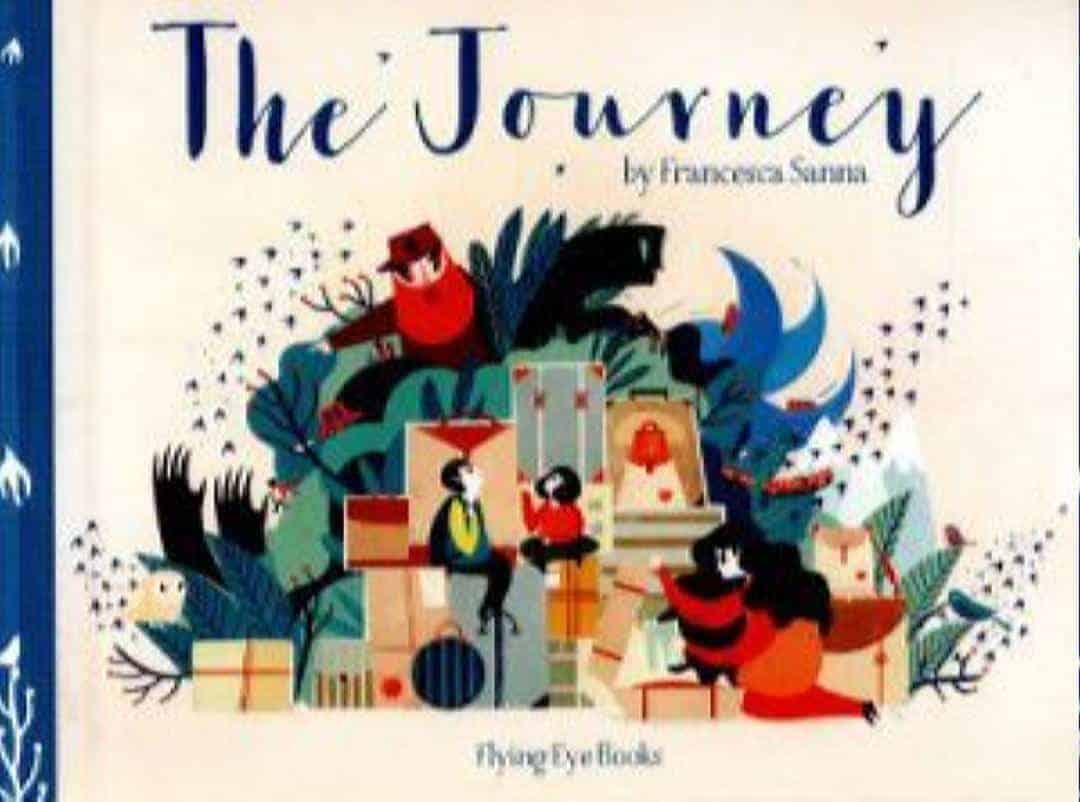 Contemporary Immigration and Children’s Books
Contemporary Immigration and Children’s Books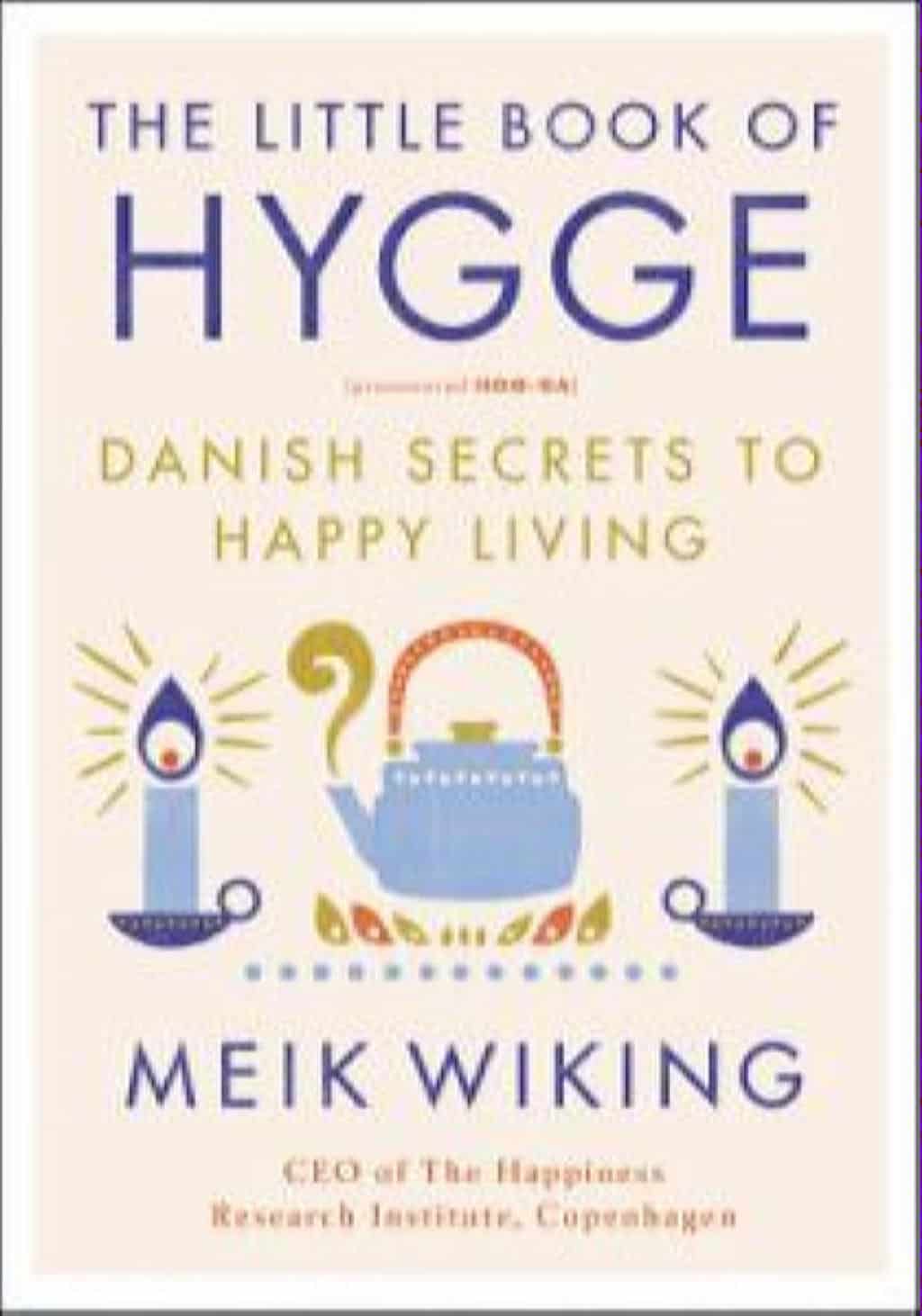 Don’t Ditch Those Resolutions
Don’t Ditch Those Resolutions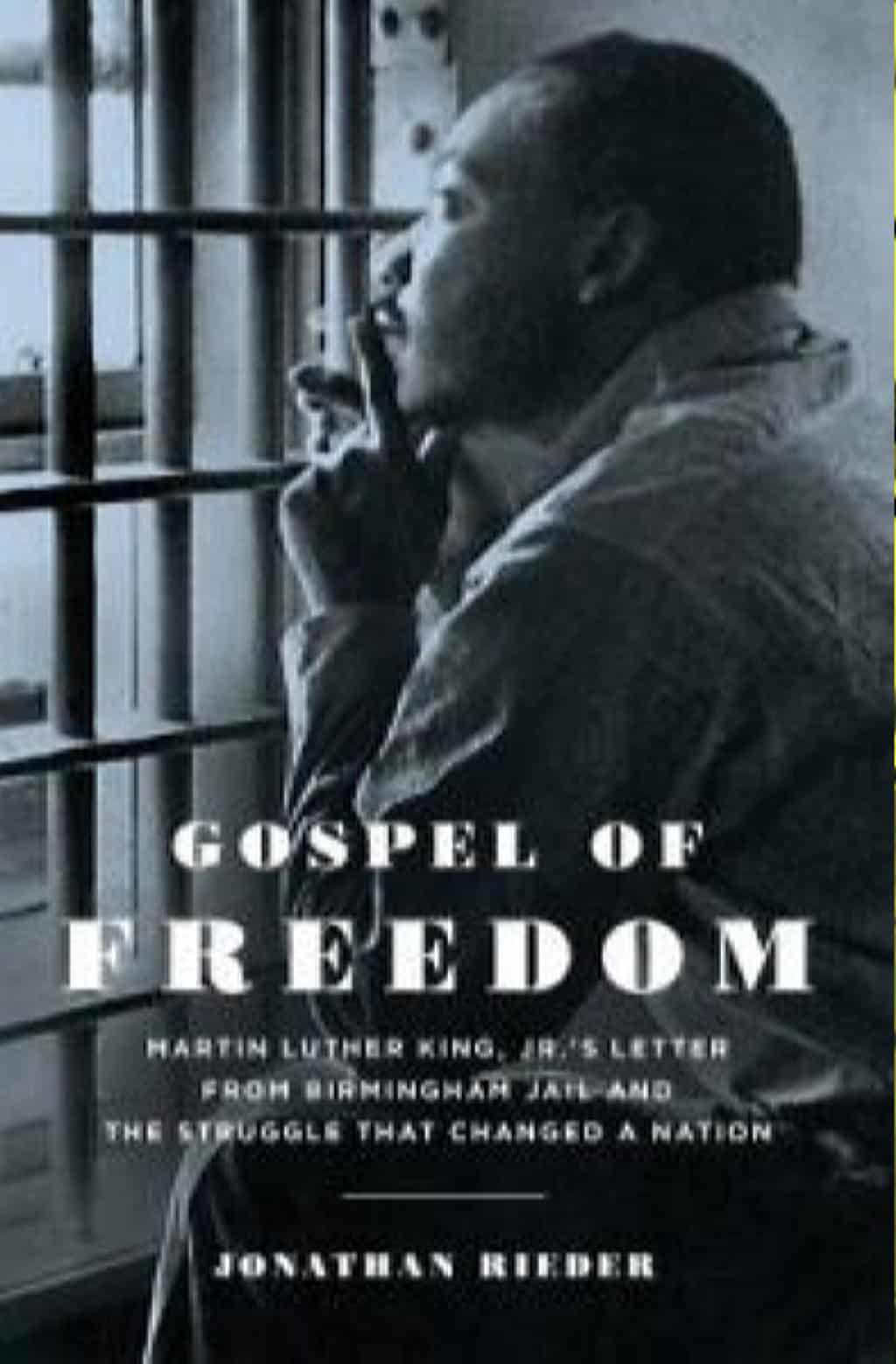 Remembering Martin
Remembering Martin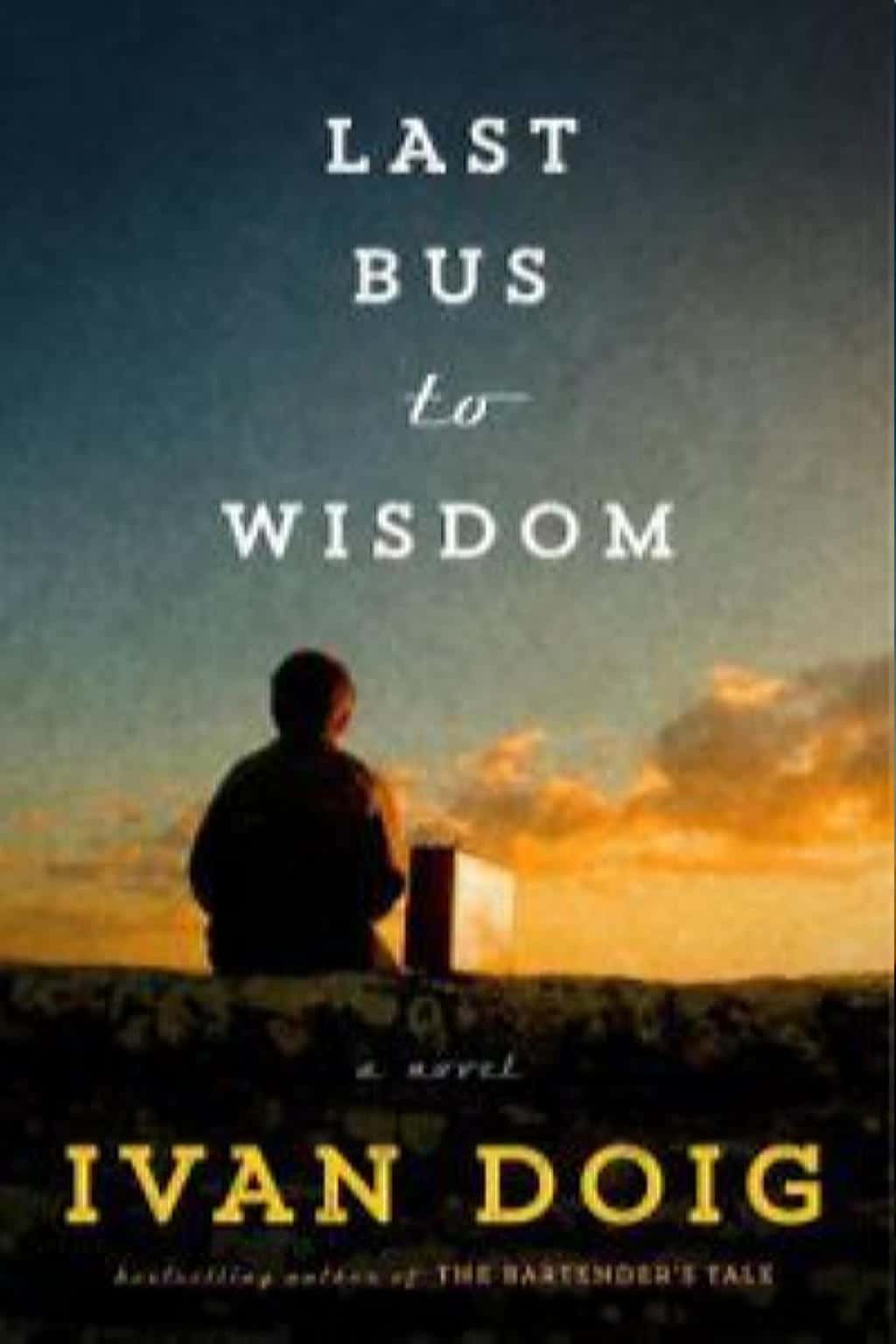 Heart-warming Reads
Heart-warming Reads